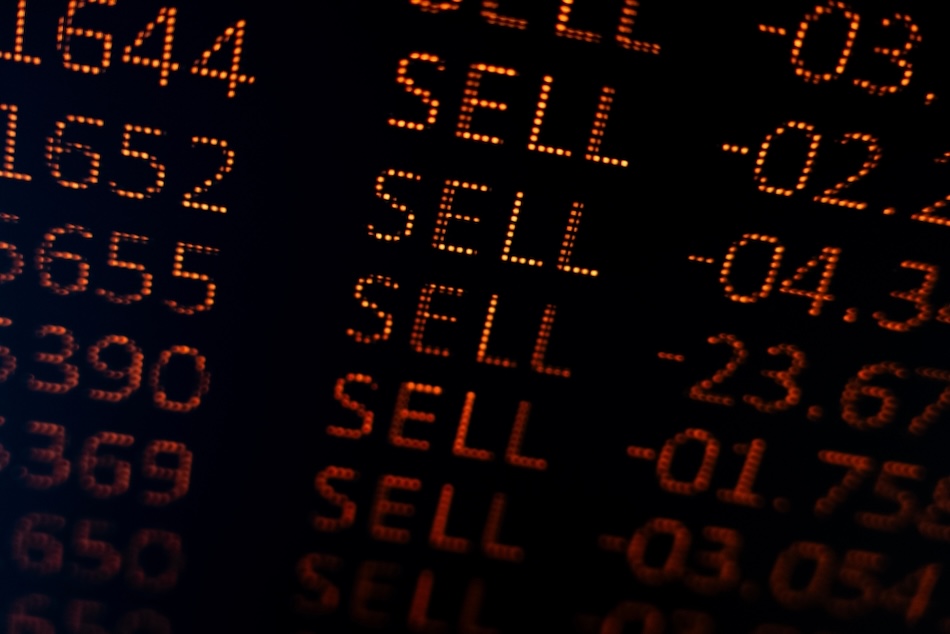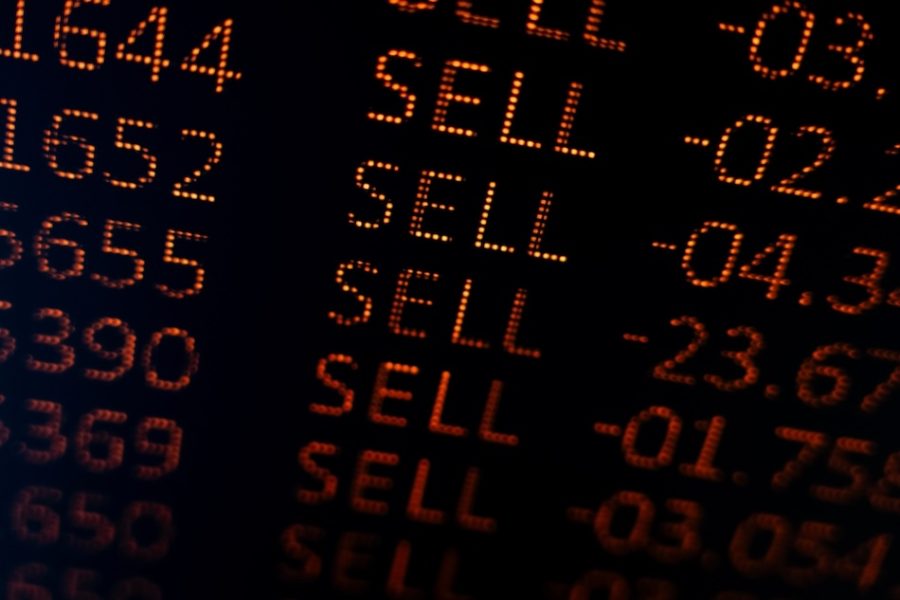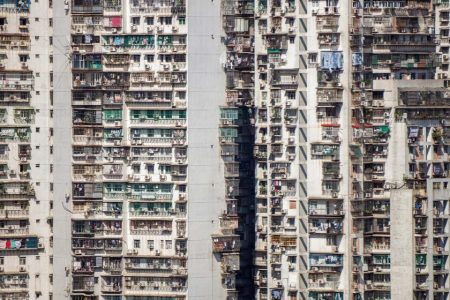Global markets fell and US futures were immediately sold off on Wednesday, after US President Donald Trump’s administration announced blanket tariffs of 10 percent on goods imported from all its trading partners – along with extra reciprocal tariffs on certain markets. The across-the-board tariffs were broader than expected and exceeded initial assessments, pushing capital out of risky assets and into traditional safe-haven ones.
The 10 percent baseline tariffs go into effect today. They will be followed by the reciprocal tariffs, ranging from 10 to 50 percent, which will take effect on 9 April. China’s reciprocal tariff has been set at 34 percent and the European Union’s at 20 percent.
In the White House Rose Garden on Wednesday, Trump described the countries, regions and trade blocs slammed with the heftiest new rates as the “worst offenders” when it came to unfair trade policies, and accused them of having “looted, pillaged, raped and plundered” the US.
[See more: Trump imposes new 34 percent tariffs on China, declaring a ‘national emergency’]
With many supply chains spanning multiple countries, Trump’s tariffs will certainly exacerbate economic uncertainty around the world, Lai-Chong Au, group chief executive officer of Delta Asia Financial Group, told Macao News.
“In [Trump’s] previous term, the focus was primarily on China, [prompting] manufacturers to head to Mexico and across Southeast Asia. Unfortunately, these countries are now being affected by the new tariffs and likely to face pressure going forward,” highlighting the depth of the economic disruption ahead, Au explained.
The opaquely justified assessments that went into determining who received which reciprocal tariff rate have also aggravated uncertainty. The methodology appeared to incorporate non-tariff variables, observed Michael Brown, senior research strategist at Pepperstone.
“The tariff rates appear to have been calculated by taking a nation’s trade deficit with the US, dividing that number by that nation’s goods exports to the US, and then halving it,” Brown shared in a press release, highlighting that the calculations lacked economic rationale or reasoning.
Stephen Dover, chief market strategist and head of Franklin Templeton Institute at Franklin Templeton, wrote in a statement that “the broader definition makes it much more difficult for foreign countries to politically lower their newly defined tariff rates.”
The reciprocal tariffs will be added on top of existing ones, meaning the true rate on China will be 54 percent, according to Bloomberg. Some analysts have said China’s weighted tariff would be even higher than that.
While many speculated that the tariffs would serve as an opening salvo to pressure countries into bilateral trade deals with the US, confusion lingers about where Trump’s priorities lie – as exemplified by a 10 percent reciprocal tariff assigned to Singapore and the 49 percent reciprocal tariff placed on Cambodia.
For a small, export-driven country like Vietnam, the 46 percent reciprocal tariff would definitely have a knock-on effect on growth via direct and indirect channels, noted Ismael Pili, head of institutional sales at Ho Chi Minh Securities Corporation, speaking to Macao News.
“What’s the pecking order?” Pili asked, adding that when investor confidence is shaken, regional growth takes a hit, slowing credit expansion and contributing to weaker demand prospects.
Given that the US is a major trade partner to most, if not all, of the markets impacted by Trump’s reciprocal tariffs, analysts expect that many policymakers will be forced to turn towards expansionary fiscal policies as demand for their exports decreases. For example, Morgan Stanley has predicted that Beijing could accelerate and add to its previously announced 2 trillion yuan ($280 billion) National People’s Congress stimulus.
However, due to the inflationary pressure stemming from higher tariffs, some central banks may be cautious about aggressively cutting interest rates. That includes in the US, where higher prices are feeding into construction costs and weighing on the housing market – which contributes about a fifth of the economy, Simon Smith, regional head of research and consultancy at Savills in Hong Kong, told Macao News.
Besides sparking a possible economic slowdown in the US, Trump’s tariff scheme has heightened fears of potential retaliatory measures from China and Europe, and reignited concerns about a global economic slowdown.






